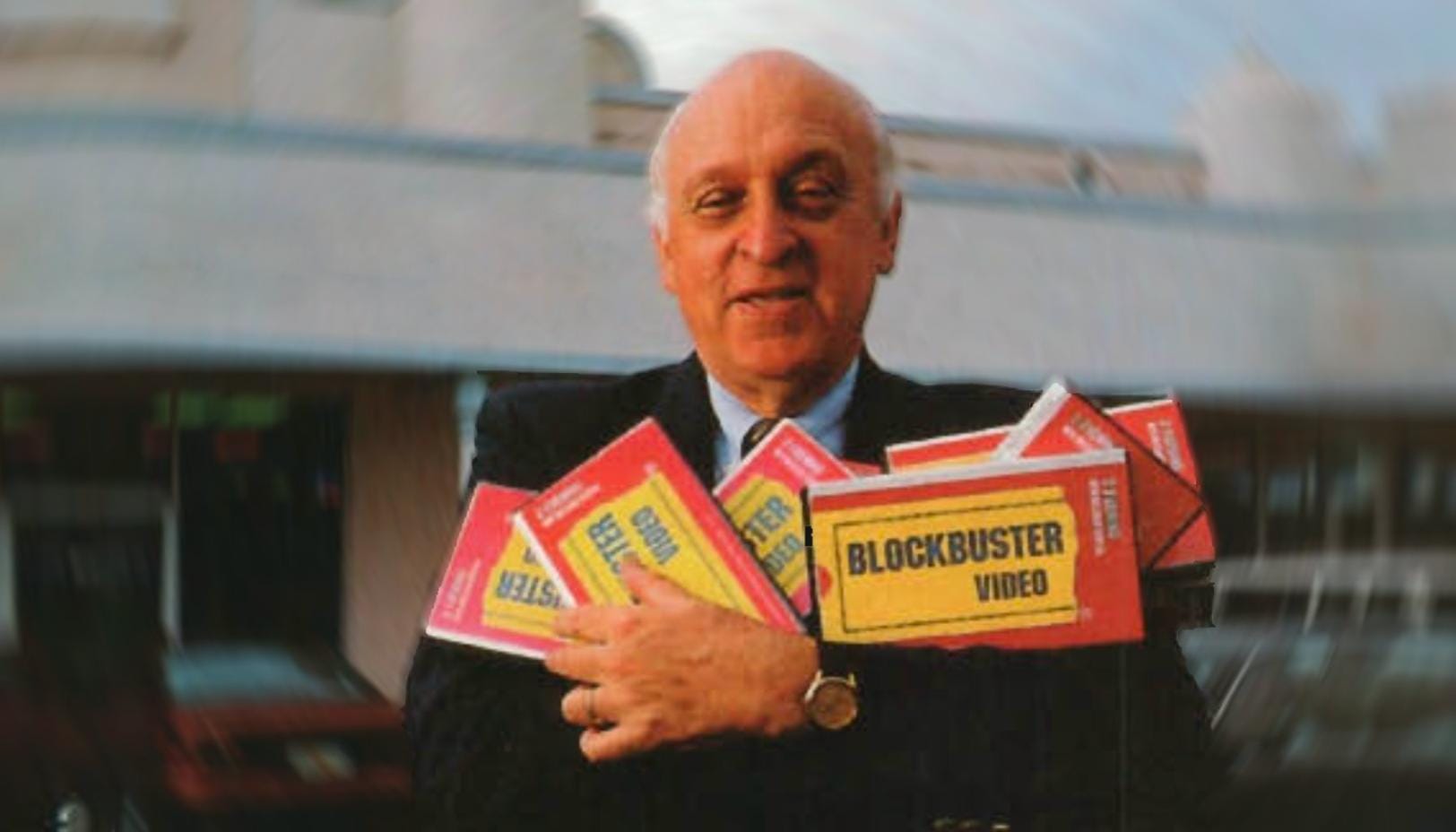
The Little Things that Result in the Big Things
How does a business get a premium valuation when they sell a commodity?
You won’t have a very long career in baseball or in investing if you swing at every pitch.

Two years ago I sat down with a board member of a small microcap company that traded for $1 per share. I was introduced to the company and this board member by another shareholder of the company. I had looked at the company a couple different times over the previous year, but I couldn’t get comfortable with the industry or the geography where most of its products were sold. I spoke to the board member at length about the company. He was a person I respected, but I still couldn’t get a good comfort level. Two years later that $1 stock would shoot past $20 per share.
Over the last five years I can think of several instances where I sat down with management, passed on investing, and then watched as their stock prices rose 500-1,000-2,000% over the next few years. In a few cases I felt compelled to send the management teams an email congratulating them on their success because it was well deserved. Execution is rare in the microcap space and it needs to be celebrated whether I’m invested in them or not.
Was I annoyed that I had missed these incredible moves? Sure, but all of these companies were outside my comfort zone. My previous experience looking at similar companies with similar characteristics showed me for every ten I looked at, one or two would end up working. These companies were out of my comfort zone and weren’t in my sweet spot. They weren’t the fat pitches that I knew I could hit out of the park.
The pitcher versus the batter in baseball is probably the best sports analogy to investing. The pitcher represents the market, the ball is a particular company, and the batter is you. The market can throw you a lot of different pitches: fastballs, curveballs, breaking balls, knuckle balls etc. They can either be balls, strikes, or the occasional wild pitch.
You won’t have a very long career in baseball or in investing if you swing at every pitch. Your personality combined with your experiences will shape your investment philosophy. Over the course of several years you will develop your investment philosophy and know your sweet spot. Your sweet spot is the type of company and valuation (the pitch) that you know you can hit out of the park. You need to know where your sweet spot is.
In 1971, Ted Williams, arguably the greatest hitter of all time, wrote a book called The Science of Hitting. In it he talks about the strike zone and specifically his heat map:
In Ted Williams heat map you can see his sweet spot. William’s called this area his “happy zone”. A few inches made a big difference. He knew exactly what pitch he was looking for. He wasn’t just looking for strikes; he was looking for pitches he knew he could hit. Aim small miss small as they say. In Williams famous 1941 season where he batted .406, he had 661 plate appearances, walked 147 times, and only struck out 27 times. There are quite a few takeaways that we can learn from Ted Williams approach to hitting. The biggest lesson is: Know your sweet spot, and only swing at pitches you can hit.
As an investor it takes great discipline and patience to wait for the right company. In bear markets you’ll find yourself swinging at more pitches. There are more opportunities because valuations come down combined with less competition for new ideas. Bull markets, like the one we are in today, are actually much tougher because you can go months or even years without seeing that perfect pitch to hit. When you don’t find a new investment that fits perfectly in your sweet spot it’s easy to become impatient and start looking outside your sweet spot. Companies that are still in the strike zone but where your success rate is far less on average. This is when the biggest mistakes are made. Often times your biggest risk is boredom. Do not rationalize your way into mediocre investments.
The biggest difference between baseball and investing is in investing there are no called strikes. You can simply wait for your pitch.
“The stock market is a no-called-strike game. You don’t have to swing at everything–you can wait for your pitch. The problem when you’re a money manager is that your fans keep yelling, ‘Swing, you bum!’” – Warren Buffett
It has been over 18 months since I’ve bought a new company. Since then I’ve seen a lot of pitches. Many are out of the strike zone and almost all are outside my sweet spot. I will continue to look for the right pitch. Some of the pitches that I let go by might be homeruns for other batters that have different sweet spots. I will only swing at pitches I know I can hit, and I will wait as long as it takes.
Wait for the pitch in your sweet spot and then swing hard with everything you’ve got.
===> Interact and learn with 250+ of the best microcap investors on the planet. [Join Us]
MicroCapClub is an exclusive forum for experienced microcap investors focused on microcap companies (sub $500m market cap) trading on United States, Canadian, European, and Australian markets. MicroCapClub was created to be a platform for experienced microcap investors to share and discuss stock ideas. Since 2011, our members have profiled 1000+ microcap companies. Investors can join our community by applying to become a member or subscribing to gain instant view only access. MicroCapClub’s mission is to foster the highest quality microcap investor Community, produce Educational content for investors, and promote better Leadership in the microcap arena. For more information, visit http://microcapclub.com and https://microcapclub.com/summit/
Get Alerted to our Next Educational Blog Post

How does a business get a premium valuation when they sell a commodity?

It's often how you react (or don't) to the same situations that shows you how much you’ve grown.

"Call Charlie a lucky man for stumbling onto Cook Data Service, but luck didn't make him a millionaire."